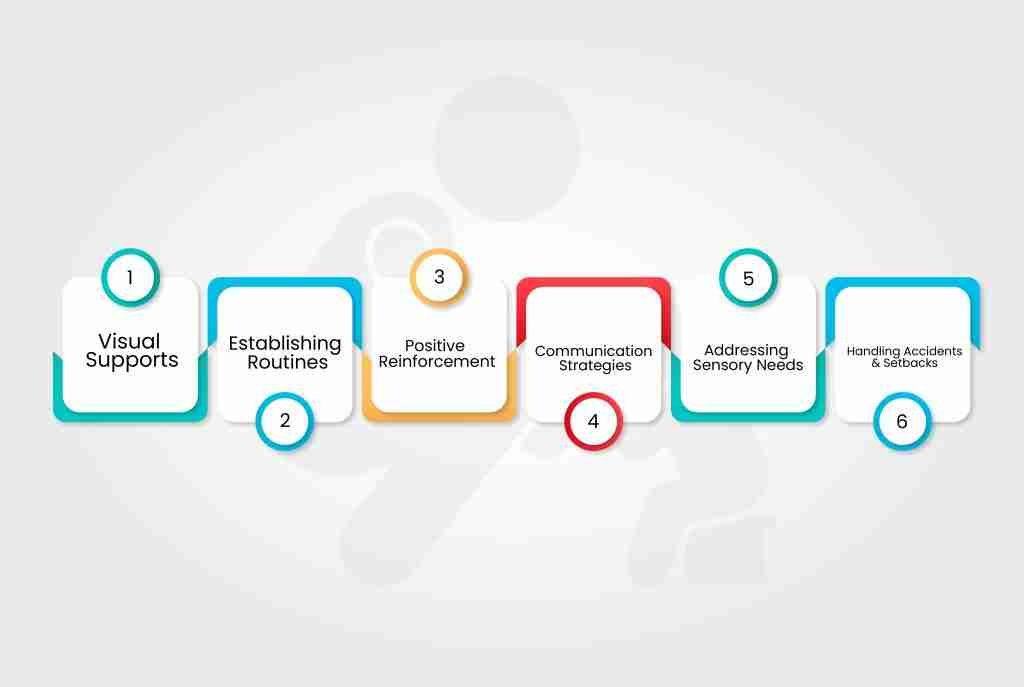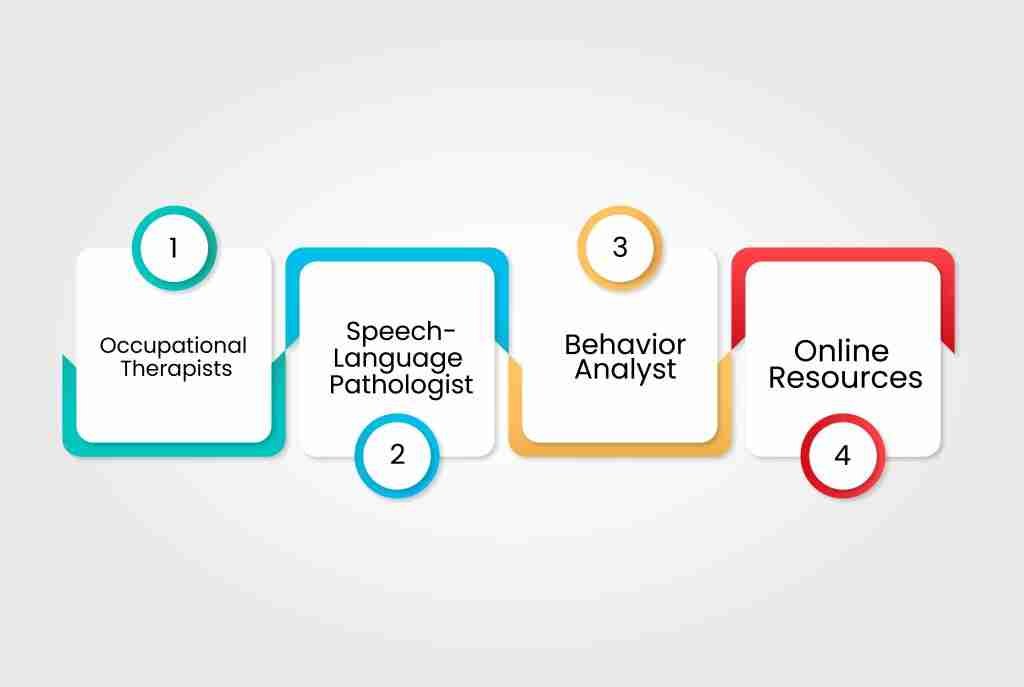
Toilet/ Potty Training For Autism
If you have watched “The Big Short,” you must remember the scene where the characters struggled to predict and profit from the approaching financial collapse. For the parents of autistic children, making predictions and doing profit calculations is way much easier than helping their child achieve potty training.
As per the National Institutes of Health (NIH), children with autism spectrum disorder (ASD) take longer to learn how to use toilets as compared to non-autistic children. However, just as the film illustrates, “ All you need is the right approach,” toilet/ potty training for autism also requires the right approach. So, this article is a comprehensive guide on how to toilet/ potty train an autistic child.
Understanding Autism and Toilet Training
Autism is a neurotypical disorder that affects the social and behavioral abilities of an individual. Children with ASD usually struggle with interacting with others, learning new skills, and adapting to changes according to changing environments. Due to their heightened sensitives, basic tasks like toilet training become difficult.
As they process the senses differently, the flushing sound or an aversion to feeling certain textures makes them uncomfortable and overwhelms them. Similarly, as they are not very adaptable, the transition from diapers to toilets creates anxiety that results in resistance.
Additionally, autistic children often experience delayed speech, due to which they don’t know how to express their needs. This is one of the biggest obstacles in toilet training that leads to frustration for both the child and caregiver.
Strategies For Successful Toilet Training

Here are a few strategies that can be practised by the caregivers of autistic children for successful toilet training:
- Visual supports
Visual supports can help you a lot in toilet training as they help children with autism understand and follow the steps of potty training, such as showing the children visual sequences of each step, from pulling down the pants to washing hands. By doing so, the kid knows what will come next, which reduces the anxiety.
Secondly, use timers to set consistent intervals for toilet breaks as it sets a routine for them. Moreover, you can also create a visual reward system where you can add stickers for every time the child uses the toilet successfully. After reaching a certain number of stickers, reward them, and this positive reinforcement helps build habits.
- Establishing routines
Establishing routines is a great way to toilet-train children with autism spectrum disorder (ASD). Follow a consistent schedule for taking to the bathroom, no matter whether the child asks for it or not. This helps in building habits and reduces the chance of accidents.
Furthermore, every time you take the child to the toilet, repeat consistent steps before and after using the toilet, such as turning on the light, pulling down pants, sitting, flushing, washing hands, and turning off the light. This makes the process understandable for them, and with time, they learn the whole process stepwise.
- Positive reinforcement
Many therapists also use positive reinforcement as it helps in the development of habits. You can also implement this for toilet training by instantly rewarding them with candy, a toy, or an activity whenever the child successfully uses the toilet.
Apart from rewards, praise them even for small achievements. For example, every time they successfully sit without any resistance, they should be appreciated as this will build confidence and encourage them to repeat the action.
- Communication strategies
Lack of communication skills is one of the biggest hindrances in toilet training. So, instead of using complex vocabulary, use simple, concise, and understandable phrases to avoid confusing the child.
If the child has limited verbal skills, you can use Picture Exchange Communication System (PECS) or Augmentative and Alternative Communication (AAC) devices. These tools help them express their needs and make them understand your instructions.
- Addressing sensory needs
Children with autism have sensory sensitivities, and addressing them makes the toilet training process easier. Make sure that the bathroom is free from distractions and well-lit. You can also try playing soothing music or using sensory-sensitive lights to make them feel comfortable. Moreover, toilet seats, step stools, and cushions should be used so that they can feel secure and stable while using the toilet.
- Handling accidents and setbacks
As a caregiver, you need to understand firsthand that accidents are part of the process. How you react to accidents or unwanted situations has a direct impact on the child as well. So, even if you have to encounter an accident or any unpleasant situation, try to be calm and reassure the child that there’s nothing wrong with it and everything is fine.
In addition to this, observe the patterns or triggers that indicate that the child needs to use the toilet, such as specific times of the day to avoid future accidents.
Professional Support and Resources

Apart from doing home-based efforts, you can also seek professional support and resources such as:
- Occupational therapists
Occupational therapists are professionals who know how to assess and address sensory processing issues. They can provide you with tailored recommendations on sensory-friendly bathroom modifications.
- Speech-language pathologist
Seeking help from speech-language pathologists, especially when the child has limited communication skills, can be a great help. They suggest ways of communication that can help you in toilet training and help the child in expressing their needs.
- Behavior analyst
Board-certified behavior analysts (BCBAs) specialize in altering behaviors, so you can consult them. They will design a personalized behavior plan that includes different strategies for successful potty training and managing challenging behaviors.
- Online resources
Autism Speaks Toilet Training Toolkit is a helpful resource for parents or caregivers struggling with toilet training their autistic child. It comprises step-by-step instructions, guides, and visual support that can be a great help.
Conclusion
So, it’s understandable that toilet training for autism is a daunting and challenging task, but the above strategies will help you a lot in successful toilet training.
Learn About: Autism Assessment Tools


Leave a Reply
You must be logged in to post a comment.